Products
Introduction to specialty chemicals
Specialty Chemicals – Products
Core-Shell Impact Modifiers by ARKEMA
- Clearstrength® MBS Impact Modifiers
- Durastrength® Acrylic Impact Modifiers
- Plastistrength® Processing Aids
- Biostrength® Impact Modifiers for Biopolymers
Tin Oxide Functional Nano powders and Dispersions
- Tin Oxide
- ATO, ITO, CTO
- Near Infrared Absorbers
- Laser Marking & Laser Direct Structuring (LDS) Additives
Tungsten & Molybdenum products
- APT (Ammonium Paratungstate)
- Tungsten Powder
- Molybdenum Powder
Rare Elements’ Chemical Salts
- Cesium Salts
- Rubidium Salts
- Lithium Salts
Core-Shell Impact modifiers & Toughening agents
We supply products that produced by ARKEMA's core-shell technology. Those are the impact modifiers that improve the impact strength of thermoplastics and toughening agents that increase the toughness of thermoset resins.
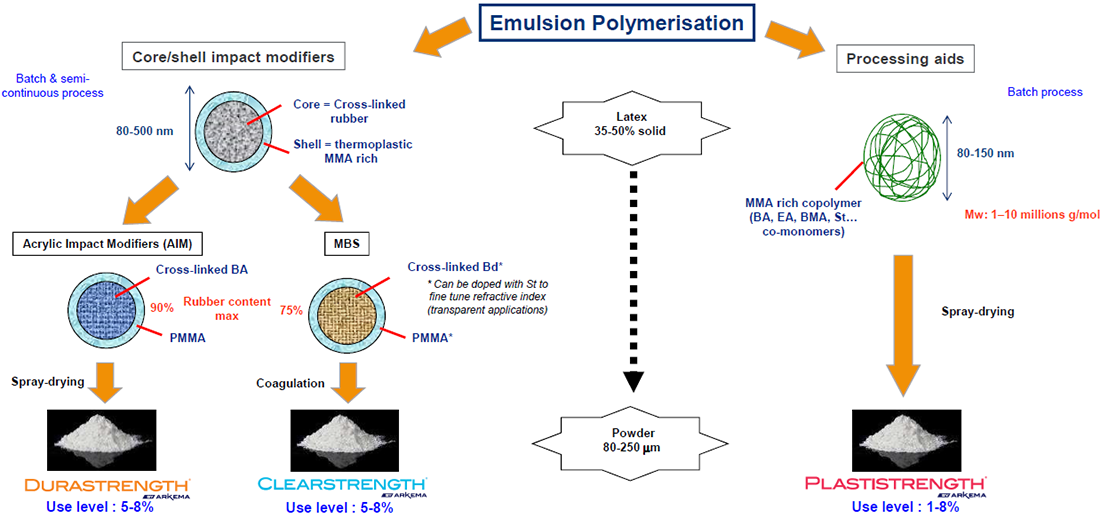
| Methacrylate-Butadiene-Styrene (MBS) |
Acrylic Impact Modifiers (AIM) |
|---|---|
 |
 |
| Excellent low temperature impact Excellent colorability Poor UV stability Acceptable thermal stability |
Good low temperature impact Good colorability Good UV stability Good thermal stability |
| Clearstrength® E920/E922, E950/E952 | Durastrength® 410, 440/442, 480 |
Tin Oxide Functional Nano Powders and Dispersions
Produced based on nano powder production technology and the best dispersion technology, we realize customer satisfaction with quality proven by long-term verification in the market.
A variety of functions are realized with additives for ceramics, electrical and electronics, coating and ink additives, and polymers and plastics.
Tin Oxide
Initially developed as a pigment for ceramics and brighteners, it is now widely applied in accordance with market requirements, including as a wear-resistant agent in the automobile industry and high-purity products in the electrical and electronic industries.
ATO Powder and its dispersions
This product provides conductivity to prevent static electricity and has excellent infrared absorption performance.
This allows the production of transparent conductive layers on glass, ceramics, and other substrates, and enables infrared-absorbing coatings and films. Additionally, thanks to its excellent absorption of laser light and conversion into heat, it can be used as a laser marking additive and LDS (Laser Direct Structuring) additive.
High IR absorption not only has applications in reheating in PET processing processes but is also used in new technologies such as 3D printing or powder sintering.
ITO (Indium Tin Oxide) Powder and its Dispersion Solutions
ITO (Indium Tin Oxide) has long been used as a transparent conductive oxide in electrical and electronic fields.
It is typically used as a transparent electrode in touch screens.
The most chemically stable form of ITO is yellow in color, while the reduced form is a blue powder. Greenish ITO is a mixed form produced by a high-temperature process. The main advantages are:
- High transparency in the visible part of the spectrum
- Excellent ability to absorb infrared rays
- good electrical conductivity
- High chemical stability
- Significantly improves the ability to absorb IR light without compromising transparency in the visible light range
CTO (C-Tungsten Oxide) Powder and its Dispersion solutions
WO3 is yellow, and depending on oxygen concentration, the color changes from yellow to blue, purple, and brown.
Manipulating the crystal structure and doping it with different metals significantly increases the IR absorption efficiency. Tungsten oxide treated in this way absorbs IR most effectively. As a result, lightly doped tungsten oxide provides excellent heat absorption in coatings, films, and polymer plates for glazing applications.
Near Infrared Absorbers
NIR absorbing materials offer transparency in the visible light range (350 – 750 nm), but show a high absorption for the Near Infrared wavelength (750 nm – 2500 nm).
- Antimony Tin Oxide (ATO)
- Blue Indium Tin Oxide (BITO)
- Doped Tungsten Oxide (CTO)
The products differ in their performance and properties. The doped Tungsten Oxides (CTO) offer the highest NIR absorption efficiency. ATO based products do not only show good NIR absorption but good electrical conductivity in thin transparent films. BITO is the product with the lowest colour impact on the final product.
All grades show a strong photothermal effect, which describes the conversion of NIR light into heat. Irradiation of the pigments leads to a rapid increase of their temperature. The heat is then dissipated into the surrounding matrix. This effect proves to be very useful for various applications in inks and coatings.
The products are offered in powder or nanodispersion form. The stable water or solvent based nanodispersions have a particle size well below 100 nm suitable for transparent coatings and for inkjet ink formulations. The nanodispersions are well compatible with a range of ink and coating chemistries.
Tungsten & Molybdenum Products
Tungsten or Wolfram (German: Wolfram) is a chemical element with symbol W and atomic number 74. It means 'heavy stone', so it is called ‘重石' in Chinese. It has the highest melting point among metallic elements, and its density is 19.3g/cm3, similar to gold or uranium. Pure tungsten is hard yet highly ductile. Pure tungsten is used in electrical and electronic fields, but is mainly used as a compound or alloy.Among these products, ammonium paratungstate (or APT) is a white crystalline salt with the chemical formula (NH4)10(H2W12O42)·4H2O and is “the most important raw material for all other tungsten products, including tungsten powder.”
Molybdenum belongs to the group of high melting point metals. It features a high melting point along with low vapor pressure and excellent high temperature stability, and for very high modulus molybdenum and tungsten based materials it also has very high elastic properties. It also features a low coefficient of thermal expansion and relatively high density. Because molybdenum belongs to the same group as tungsten on the periodic table, it has similar physical and chemical properties to tungsten. Both molybdenum and tungsten have excellent thermal conductivity, and molybdenum in particular can be easily deformed even at fairly low temperatures, making it simpler to work with than tungsten.
Tungsten(W) industrial chain
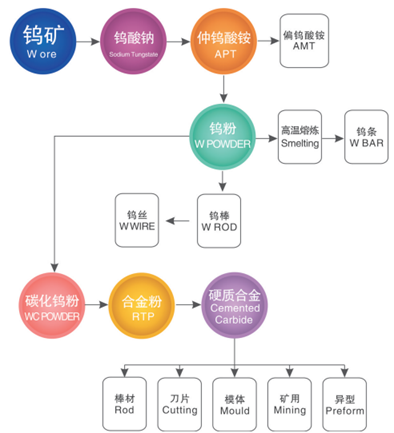
GanZhou in China possesses high-quality tungsten resources, and is called the “tungsten capital of the world” and is the birthplace of tungsten in China.
Q Chemical Co., Ltd. Supplies the tungsten and molybdenum products from the best manufacturer in GanZhou, which own tungsten mines and produce a series of tungsten and molybdenum products.
Rare Elements’ Chemical Salts
Key raw materials and supply (based on the supply and demand capacity of Chinese production plants)
- Pollucite
Imported exclusively from mines in Zimbabwe
Direct import from Canada and Australia (formerly Cabot's fluid division) - Lepidolite
80 km away from the largest Lepidolite mine in Asia
Possesses reserves that can be used for over 100 years - Petalite
Imported under contract with Bikita Mine in Zimbabwe
Imported and sold exclusively from Arcadia mine in Zimbabwe - Spodumene
Holds development rights for 1.28 million tons
-
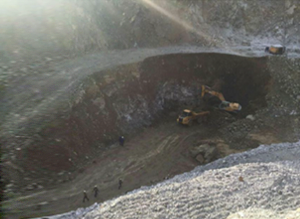
Pollucite Ore
-
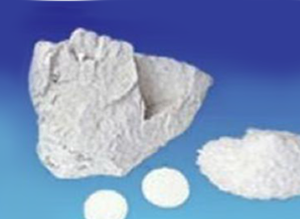
Pollucite Power
-
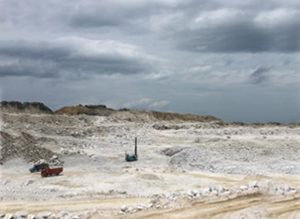
Lepidolite
-
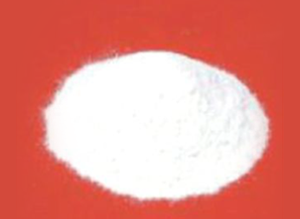
Concetrate Lepidolite

